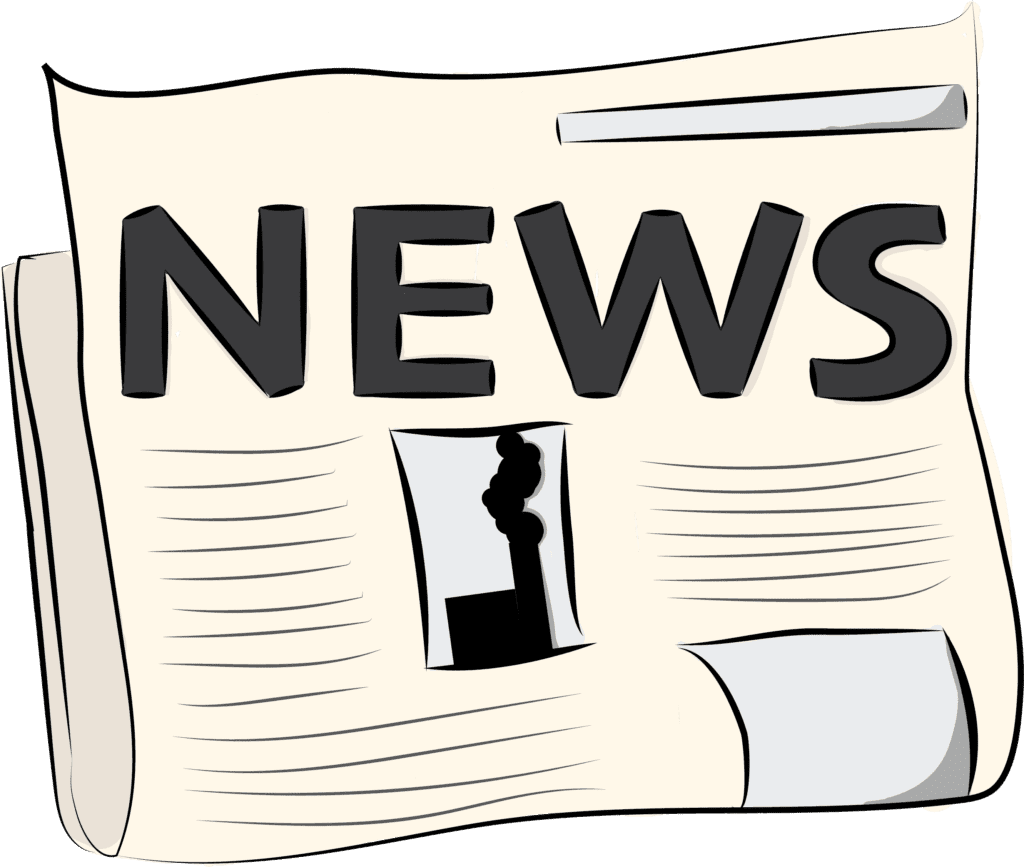Looking to build a carbon pricing campaign in your state? Our training guides will help get you started.
UNDERSTANDING THE LEGISLATIVE PROCESS

Working with your State Legislature
States are laboratories of democracy, and state legislatures serve as an effective avenue for introducing an economy-wide carbon price. In this Climate XChange training factsheet we explore how to begin understanding your legislative process, learn how to engage your lawmakers, and start to develop effective legislative strategies for your carbon pricing bill(s).
Organizing a Lobby Day
A carbon pricing Lobby Day (or “Advocacy Day” or “Legislative Action Day”) is an organized day where members of your state carbon pricing coalition convene and meet with local lawmakers to promote carbon pricing in your state. Lobby Days are some of the most effective ways to demonstrate broad support for carbon pricing, attract media attention, and push bills in your state legislature. Plus, there is no replacement for face-to-face interaction between advocates and lawmakers. A successful Lobby Day requires careful planning in order to effectively handle the logistics of arranging meetings between participants and lawmakers.
State Legislative Schedules
Every state has its own legislative rules and schedules. We’ve compiled a list of important dates and information for state legislatures involved in carbon pricing.
WORKING WITH THE MEDIA
Letters to the Editor
A letter to the editor (or LTE) is a letter sent to a publication about issues of concern from its readers, intended for publication. LTEs can be written any time you want to shape public opinion and are a great way to increase awareness of the issues that you or your organization are working for, as well as to advocate for your cause.
The first step to writing an effective LTE is targeting the publication where you’d like your letter published. From there, you can see if there are any restrictions on the length of your piece and who you should send it to.
Below is a list of publications by state:
Press Releases
News releases are usually one or two-page documents that share breaking news with the public. They’re typically read by journalists, but sometimes general audiences might stumble upon them, too. Organizations of all sizes use press releases to achieve all sorts of goals. Some common objectives include: getting more media coverage, building a brand, responding to a crisis, build relations with the press, among others.

BUILDING A COALITION
Climate change is undeniably too large of an issue for one organization to tackle alone, and putting a price on carbon emissions has long been a challenge. Therefore, mobilizing a coalition — a temporary partnership between groups and individuals — allows organizations to work together toward achieving the common goal of a healthier planet.
ENGAGING DIFFERENT STAKEHOLDERS
The Conservative Case for Carbon Pricing
Economists agree that carbon pricing is one of the most effective ways to reduce our greenhouse gas emissions, but as state campaigns for carbon pricing mobilize across the US, activists in conservative states have struggled to gain momentum. The question remains: how can we better engage people on all sides of the political spectrum? Featured guests include Alex Bozmoski from RepublicEn, Nader Sobhani from Niskanen Center, and Josiah Neeley from R-Street Institute.

Business Engagement Op-ed Template
Use this template to write a business engagement blog post or op-ed about carbon pricing.
